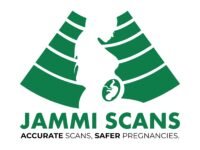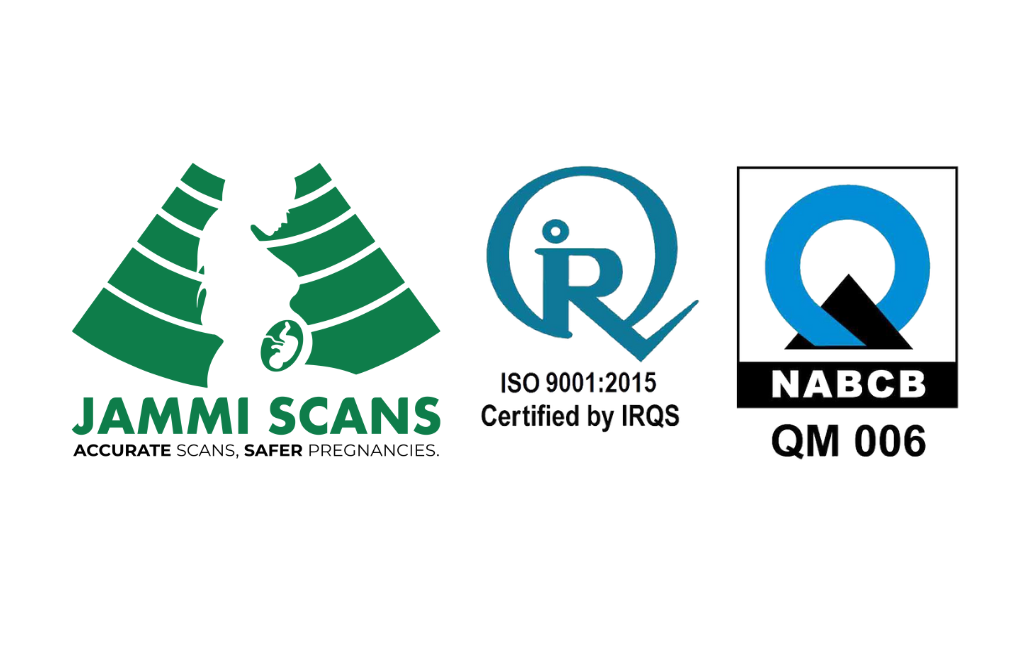Table of Contents
ToggleNT Scan After IVF Pregnancy
Invitro fertilization (IVF) is one of the most popular and effective methods of assisted reproductive technology (ART) to help people get pregnant. The method involves a sequel of procedures including the fertilization of a human egg and sperm in a lab and the fertilized egg is implanted in the uterus.
Once the pregnancy is confirmed after the IVF treatment the first pregnancy scan would be emotional for the parents to see their child after a lot of struggle and pain. So, it’s really important for them to check the health conditions and development of their child despite their anxieties.
Does IVF increase the risk of Down syndrome?
Often there is a distrust that assisted production can lead to down syndrome.
Though higher maternal age pregnancy and assisted reproduction are correlated to congenital malformations such as down syndrome, heart defects, and cleft palates, a recent study has found that compared to younger women, the older women who had assisted pregnancies were less likely to have children with birth abnormalities.
Pregnancy screening IVF
A common question that arises in IVF is whether a screening test has to be done after IVF. When the patient is conceived through IVF, they are recommended to get at least one additional ultrasound in the second trimester in addition to the primary ultrasound that all pregnant patients have at this time to ensure that the baby’s heart is functioning properly and is free from defects.
Typically, an NT scan is recommended after IVF for patients towards the end of the first trimester. The suggested screening tests for the second trimester may change if this test is normal. If it’s abnormal, the next step is frequently to perform any of the interventional procedures during the second trimester after IVF, which might include a blood test for the patient once again.
Can IVF remove Down syndrome?
With late pregnancies on the trend, the chances of conceiving a child with abnormalities also increase. But we are fortunate because of technological advances that the abnormalities can be detected at a very early stage.
For higher maternal age pregnancies with IVF treatment, Preimplantation Genetic Testing – Aneuploidy (PGT-A) or Preimplantation Genetic Screening can help detect chromosomal abnormalities by genetically screening IVF embryos before transferring into the womb (PGS). Early detection decreases the risk of down syndrome or any other condition.
How common is Down syndrome in IVF?
Numerous studies that claim there is a higher incidence of congenital defects with IVF have methodological and statistical limitations. The average age of IVF patients is higher than that of the general fertile population, and older females are more likely to have a genetic defect.
It’s also necessary to realize that, even if a couple conceives naturally, they still run an increased risk of having a kid with an abnormality. This is because problems with the eggs or sperm of infertile couples frequently lead to infertility.
This may lead to a marginally increased risk of having a child with an anomaly. Even more at risk of having a chromosomal defect that could be passed on to their progeny are men with extremely low sperm counts.
Do I need NIPT after PGS?
Non-invasive prenatal testing (NIPT) is a blood test that is recommended for all expectant mothers to check for fetal aneuploidies.
The test, which examines cell-free DNA fragments from the mother’s blood, is typically carried out between 9 and 10 weeks because that is when concentrations are high enough to be detected. Most importantly it is significant for the women who have had PGT-infused IVF.
Should you do Genetic testing with IVF?
Testing of a fertilized embryo’s cells’ genetic make-up is referred to as genetic testing. Genetic testing is a crucial but difficult step in an IVF therapy that guarantees the delivery of a healthy, normal child.
The majority of gynecologists advise it for women who are over 35 and undergoing an IVF cycle. The history of repeated IVF failures, miscarriages, or the birth of children with genetic problems in the past is some of the other causes.
Deepthi
Dr. Deepthi Jammi (Director, Jammi Scans) is a qualified OB/GYN and Post-Doc in Maternal Fetal Medicine. As a pregnancy ultrasound expert, she is passionate about healthy pregnancies and works towards spreading awareness on the latest diagnostic options available for parents to choose from. Dr.Deepthi has received gold medals and awards in Fetal Medicine at international and national conferences, and has appeared in numerous prestigious regional magazines and TV interviews.







